
Roots
Consider a strand of hair, not merely as a biological structure, but as a living archive. For textured hair, this archive whispers stories of sun-drenched savannas, ancestral hands, and wisdom passed through generations. Our exploration of historical hair oiling within modern regimens begins with a reverence for these deep roots, acknowledging that contemporary practices are not isolated discoveries. They echo ancient understandings of balance, protection, and beauty, shaped by the very fabric of human experience and the elemental biology of coils and curls.
The anatomy of textured hair, with its unique elliptical follicle shape and varied curl patterns, naturally predisposes it to certain needs. Its structure means natural oils produced by the scalp travel less readily down the entire length of the strand. This inherent characteristic, a biological gift and challenge, positioned oiling as a foundational practice across various civilizations.
Before laboratories and complex formulations, there was observation, ingenuity, and a deep, intuitive knowing. Ancestors observed how their hair responded to the environment, to moisture, to the sun’s warmth, and to the oils they could gather from their lands.
The story of hair oiling for textured hair is a testament to ancestral ingenuity, where biological necessities met available gifts from the earth.
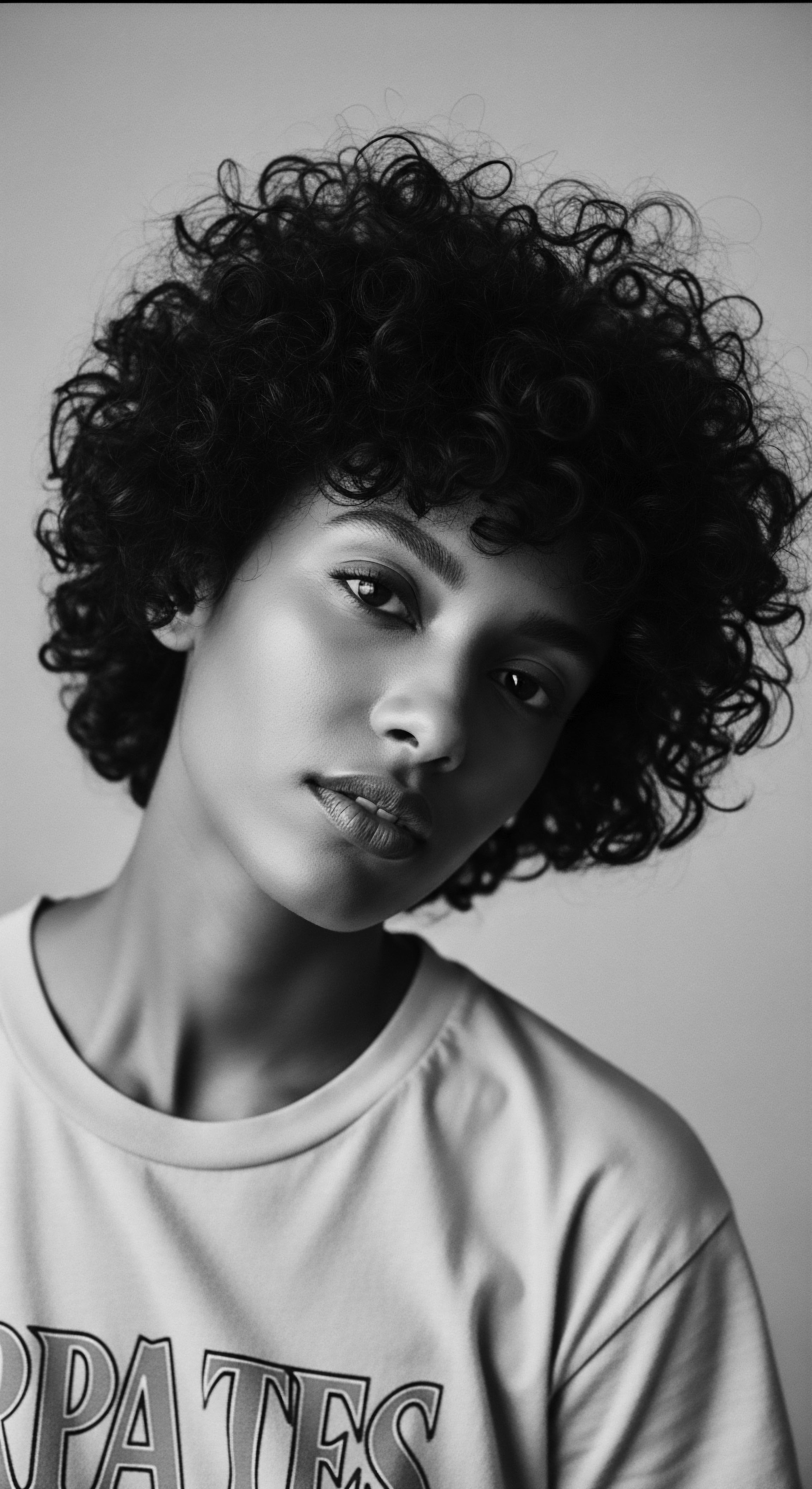
Understanding Hair’s Ancient Blueprint
To truly grasp the wisdom of ancient hair oiling, one must first consider the unique architecture of textured hair. Unlike straight strands, which possess a more circular cross-section, coiled hair typically emerges from an elliptical follicle. This shape causes the hair shaft to twist and turn as it grows, creating the distinct curl patterns we admire.
Each curve and bend on the strand represents a point where the cuticle, the hair’s protective outer layer, lifts slightly. This natural tendency for cuticles to be more open means textured hair often allows moisture to escape more readily, rendering it prone to dryness.
Across diverse communities, from the arid stretches of North Africa to the humid climes of West Africa and the Caribbean, early caregivers recognized this inherent thirst. They understood that external moisture and protective coatings were vital. These observations were not theoretical; they were lived experiences, shaping daily routines and communal beauty rituals.
The classification systems, while not formal scientific typologies as we know them today, were implicit in the care provided. Hair was recognized by its curl intensity, its density, and its response to various treatments – a practical nomenclature arising from centuries of diligent attention.

How Did Early Caregivers Classify Hair Types?
While formal numerical classifications are recent inventions, traditional communities possessed their own methods for discerning hair types, often tied to care practices. These informal typologies were based on observable traits and hair’s tactile response.
- Soft Coils ❉ Hair that felt delicate, perhaps requiring lighter oils or more frequent application.
- Strong Spirals ❉ Denser, more robust curls that could bear heavier butters and might resist manipulation.
- Fine Waves ❉ Looser textures that might become weighed down easily, guiding the choice of less viscous oils.
- Resilient Tresses ❉ Hair known for its ability to withstand styling and manipulation, often benefiting from rich, fortifying applications.
This practical language, passed down through oral tradition and hands-on teaching, formed the foundation of communal hair knowledge. It informed which botanicals were harvested, which animal fats rendered, and which plant extracts chosen to address specific hair needs within a family or a collective. The very act of discerning hair type became a moment of shared understanding, a quiet dialogue between elder and youth, between knowing hands and receptive strands.
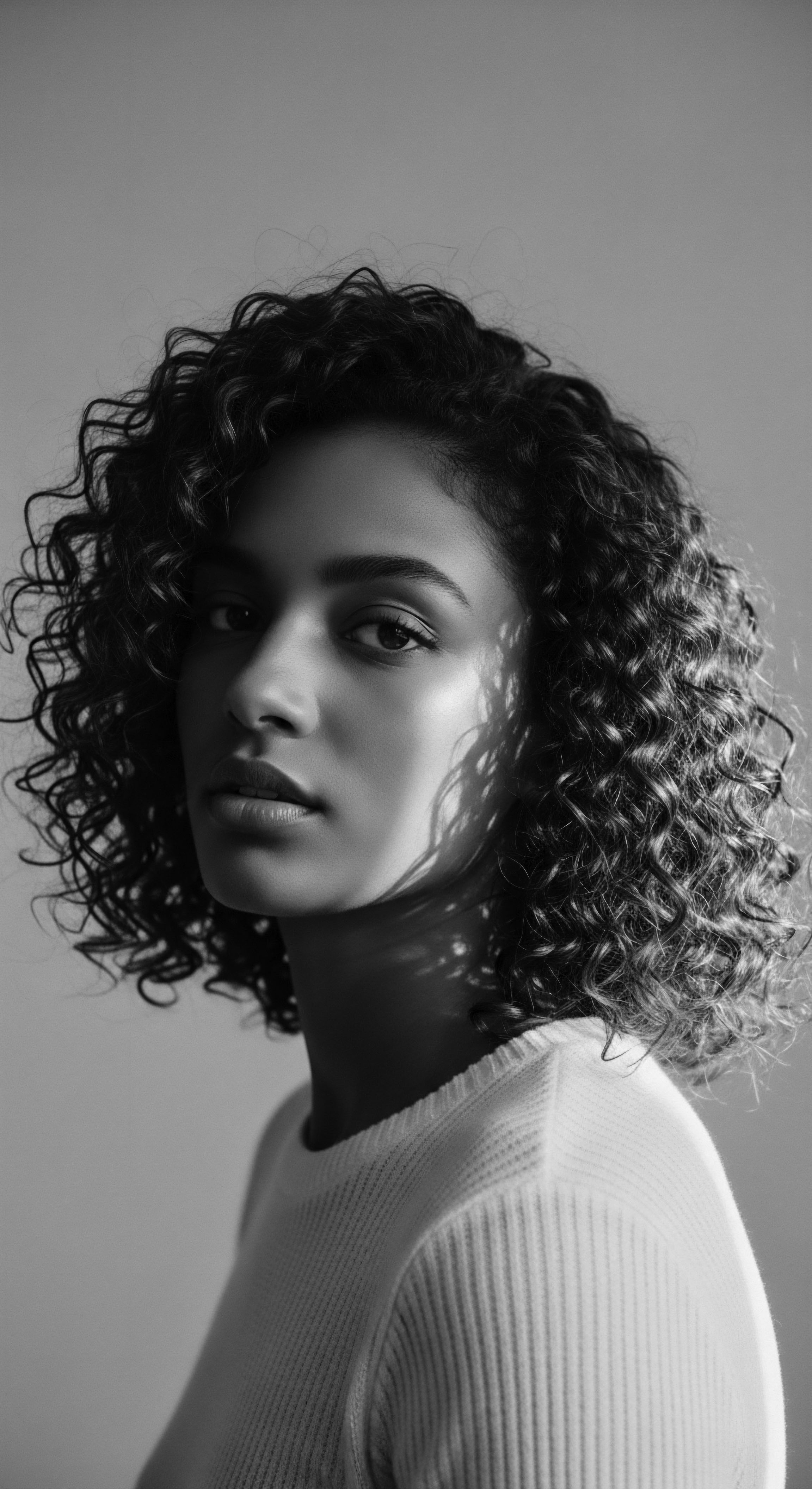
Ritual
The application of oils to textured hair throughout history extended beyond mere physical necessity; it blossomed into an intricate system of rituals. These practices were woven into the daily rhythm of life and the grand tapestry of cultural expression, becoming as meaningful as the stories shared around a communal hearth. Hair oiling became an act of care, a gesture of community, and a declaration of identity. This sacred relationship with hair, particularly within Black and mixed-race lineages, underscores a truth ❉ care is a conversation with heritage.
Consider the tradition among the Himba People of Namibia. For centuries, their women have used a paste called Otjize, a mixture of butterfat and ochre, to coat their hair and skin. This practice is not simply for aesthetic appeal. It serves as a practical barrier against the harsh desert sun and insects, while also holding intricate hairstyles in place.
More profoundly, the red ochre symbolizes the earth and blood, signifying life and a deep connection to their land and ancestors (Source 1). The preparation and application of otjize is a communal affair, a moment when women gather, share wisdom, and reinforce social bonds. It is a powerful illustration of how hair oiling transcended utility, becoming a living, breathing part of cultural identity and ancestral veneration.
Beyond conditioning, historical oiling rituals served as profound acts of cultural affirmation and community building.
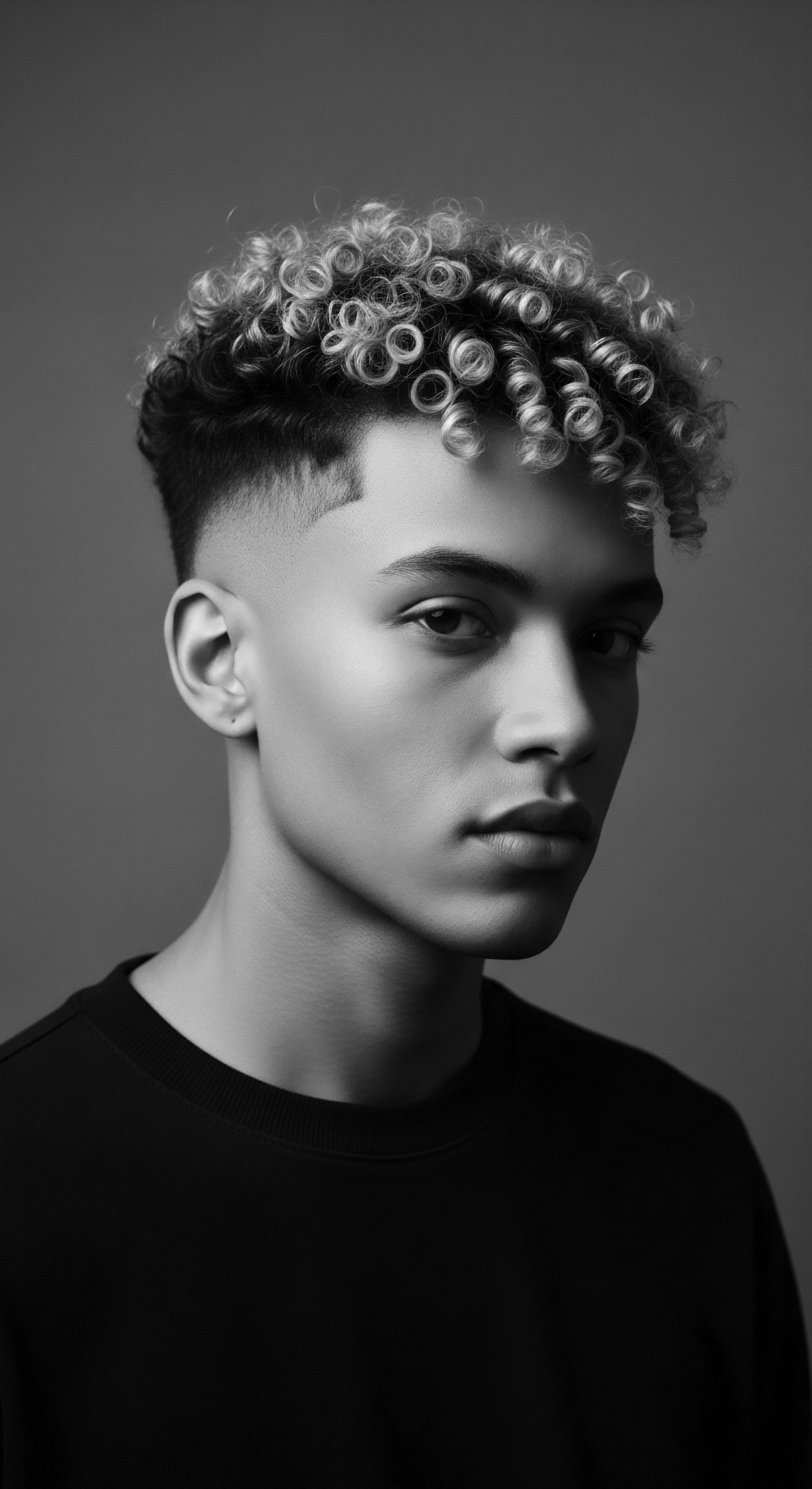
Styling Echoes Through Generations
Traditional styling techniques, from braids to twists, were not solely about creating beautiful forms. They were protective cocoons for the hair, safeguarding it from environmental damage and allowing for length retention. Oiling played a crucial role in these styles.
Before braiding or twisting, oils and rich butters were worked into the hair and scalp, providing lubrication for manipulation, sealing in moisture, and promoting scalp health. The hands-on process, often taking hours, created spaces for intergenerational exchange, where secrets of care, family histories, and community values were exchanged.
The tools used in these ancestral styling sessions were often elemental, crafted from natural materials available in the environment. Bone combs, wooden picks, and simple hands were the instruments of transformation. These tools, coupled with the chosen oils, were wielded with expertise born of generations of practice, creating hairstyles that were not just adornments but cultural markers.

What Ancestral Hair Tools Guided Oiling Practices?
The journey of hair care, particularly for textured strands, has always been intimately tied to the implements used. Long before modern brushes and plastic combs, ancestral communities crafted their tools from nature’s bounty, each designed to complement the hair’s structure and the application of oils and balms.
- Bone Combs ❉ Often carved with precision, these combs helped detangle hair gently after cleansing, allowing for even distribution of oils from root to tip. Their smooth surfaces minimized friction, a key consideration for fragile, coiled strands.
- Wooden Picks and Stylus ❉ For intricate braiding or twisting, fine wooden picks or pointed sticks were sometimes used to section hair cleanly and assist in the precise application of oil to the scalp and along the length of each section. This precision ensured thorough coverage, maximizing the protective benefits of the oil.
- Hands and Fingers ❉ Perhaps the most universal and enduring tools, human hands were central to the oiling ritual. The warmth of palms, the gentle kneading of fingertips during a scalp massage, and the skilled separation of strands allowed for the deep penetration of oils and the connection between giver and receiver. This tactile experience elevated the simple act of oiling to a profound exchange of care and affection.
These tools were extensions of the caregiver’s hands, each element working in concert with the oils and styling techniques to promote healthy hair and preserve its ancestral forms. The very act of using these traditional implements reaffirmed a connection to the past, reminding individuals of the lineage of care that their hair carried.
| Traditional Oil/Butter Shea Butter |
| Cultural Origin/Use West Africa, used for centuries to moisturize and protect hair from harsh climates (Source 1, 4, 5, 7, 11). Often a communal resource. |
| Modern Application or Validation A staple in contemporary conditioners and moisturizers for its emollient properties and fatty acid content, aiding in moisture retention for coils. |
| Traditional Oil/Butter Castor Oil |
| Cultural Origin/Use Ancient Egypt, tropical East Africa, and the Caribbean. Utilized for strengthening hair, encouraging growth, and adding shine (Source 5, 8, 10, 12, 21). |
| Modern Application or Validation A popular ingredient in modern hair growth serums and deep treatments due to its ricinoleic acid content, believed to support follicle health. |
| Traditional Oil/Butter Moringa Oil |
| Cultural Origin/Use Indigenous to Africa, prized for its lightweight texture and rich vitamins (Source 10, 11). Often a part of holistic beauty rituals. |
| Modern Application or Validation Found in lighter hair oils and leave-ins, offering nourishment without heaviness, particularly good for finer textured hair or scalp massages. |
| Traditional Oil/Butter These ancestral gifts continue to offer deep nourishment, bridging historical wisdom with contemporary hair wellness. |
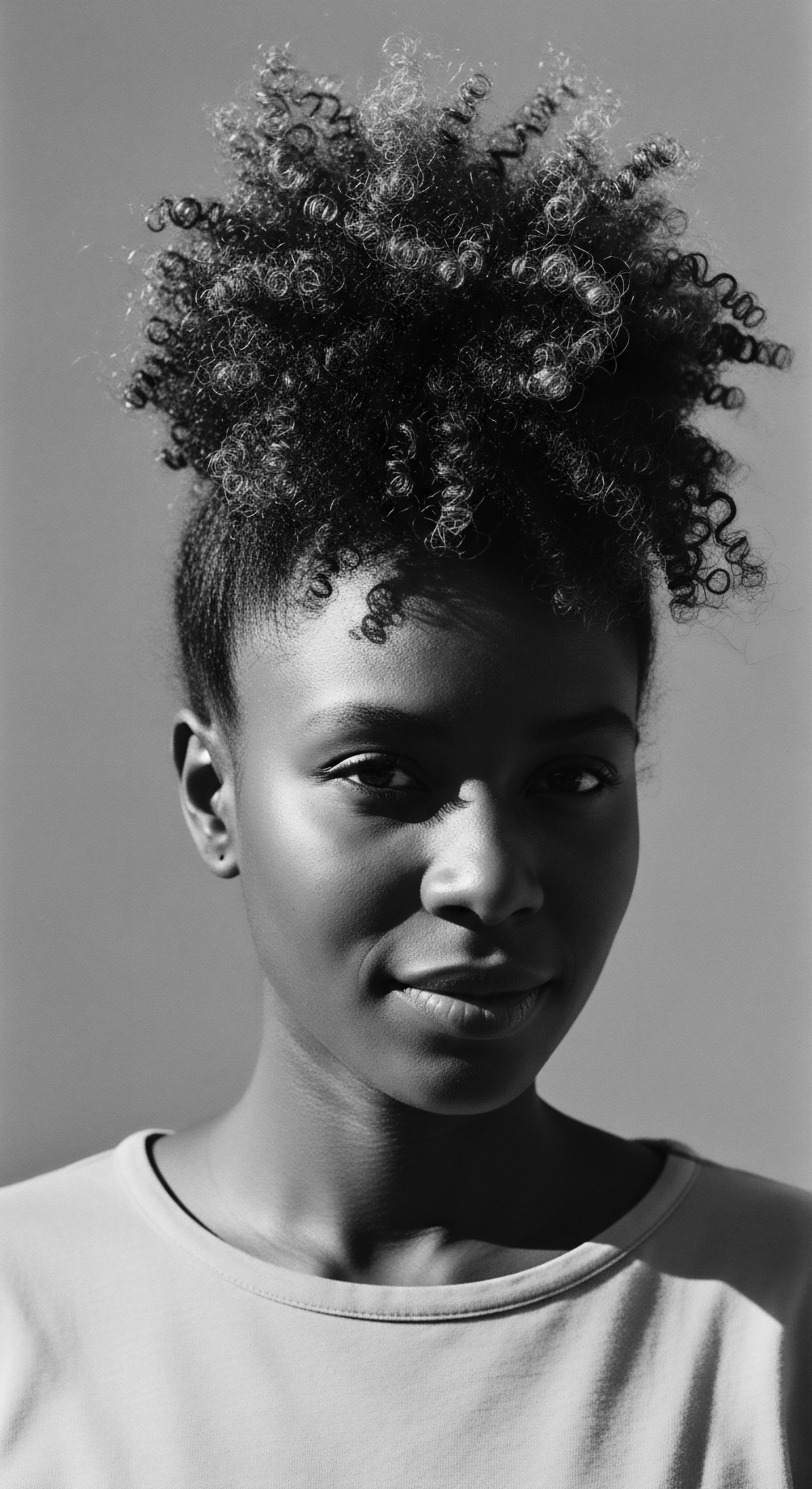
Relay
The journey of hair oiling from ancient custom to modern regimen represents a powerful relay of knowledge, where ancestral wisdom meets scientific inquiry. This continuity is not a mere coincidence; it speaks to the enduring efficacy of these traditional practices, now often explained and amplified by contemporary understanding. The very properties of oils that our forebears intuitively understood to protect and nourish, we can now parse at a molecular level, tracing the pathways of their benefit.
When ancestors in West Africa applied shea butter to their hair to combat dryness and maintain length (Source 1, 4), they may not have articulated the science of lipid chains or occlusive barriers. However, their lived experience demonstrated its effectiveness. Modern science now validates this wisdom, identifying shea butter as rich in oleic acid, stearic acid, and linoleic acid, which act as emollients to smooth the hair cuticle and occlusive agents to seal in moisture (Source 4). This synergy between historical application and current scientific explanation strengthens our appreciation for the intelligence embedded within heritage practices.
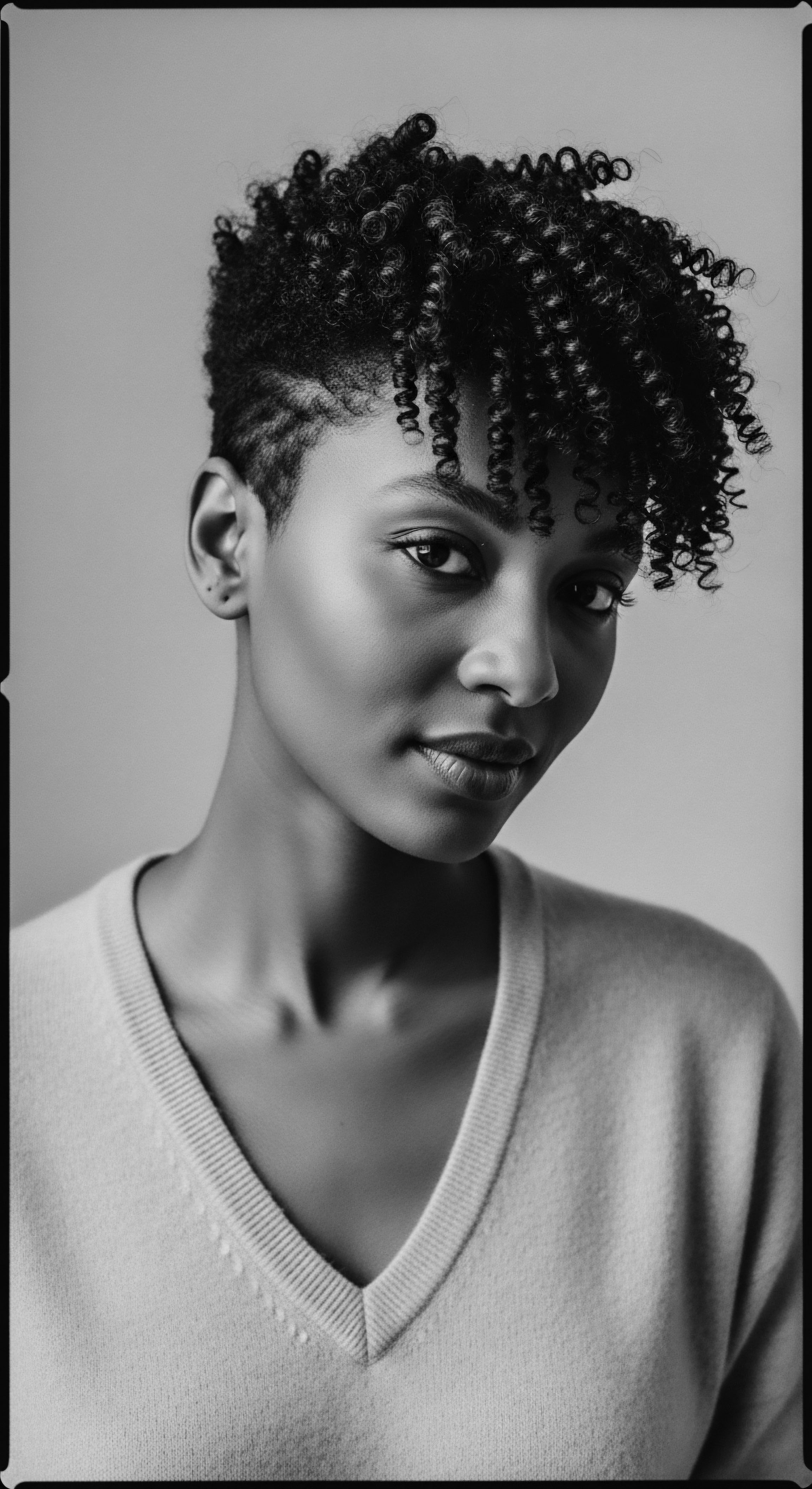
Connecting Molecular Structure to Ancestral Wisdom
The effectiveness of hair oiling for textured hair is rooted in its very composition. Oils, composed primarily of fatty acids, interact with the hair shaft in specific ways. Saturated fatty acids, like those found in coconut oil, possess a molecular structure that allows them to penetrate the hair’s cortex, reducing protein loss during washing.
Other oils, rich in monounsaturated or polyunsaturated fatty acids, coat the hair shaft, forming a protective layer that minimizes moisture evaporation, tames frizz, and enhances shine. This dual action of penetration and surface protection is what makes oils such a versatile and effective conditioning agent for coils and curls.
Consider the challenges posed by the natural dryness of textured hair, often exacerbated by environmental factors. Historically, oiling acted as a shield, especially in climates with low humidity or strong sun. Modern regimens mirror this need, employing oils to create a barrier against daily stressors and to supplement the scalp’s natural sebum, which struggles to travel down coiled strands.

How Do Oils Interact With Hair’s Unique Protein Structure?
Textured hair, with its unique bends and twists, possesses specific structural characteristics that influence its interaction with oils. The keratin proteins forming the hair shaft are arranged in a complex manner, and the more coiled the hair, the more prone it is to mechanical stress and breakage at its curves.
Oils work on multiple fronts to support this structure. They lubricate the hair surface, reducing friction during combing or styling, thereby lessening breakage. Certain oils, like coconut oil, have smaller molecular sizes and a chemical affinity for hair proteins, allowing them to pass through the cuticle and into the cortex.
Here, they can reduce hygral fatigue – the swelling and shrinking of hair as it gains and loses water, a process that can weaken the hair over time. By reducing water absorption and loss, oils help maintain the hair’s internal integrity, offering a protective function that echoes the ancestral understanding of hair as something needing profound care.
Scientific discovery frequently affirms the wisdom held within generational hair care practices.
| Ancestral Practice Regular application of shea butter to hair. |
| Reported Benefit (Historical) Moisture retention, protection from sun, styling ease (Source 1, 4). |
| Scientific Mechanism (Modern View) Rich in fatty acids (oleic, stearic), acting as emollients and occlusives to seal moisture and smooth cuticles (Source 4). UV protection properties observed. |
| Ancestral Practice Using castor oil for scalp and hair massage. |
| Reported Benefit (Historical) Promotes hair growth, adds shine, strengthens strands (Source 5, 8, 21). |
| Scientific Mechanism (Modern View) Ricinoleic acid in castor oil has anti-inflammatory properties, potentially aiding scalp health and circulation; its viscosity helps coat strands for shine and reduced friction. |
| Ancestral Practice Oiling before protective styles like braids. |
| Reported Benefit (Historical) Prevents dryness under styles, maintains length, reduces breakage (Source 3, 14, 15). |
| Scientific Mechanism (Modern View) Lubricates hair shaft for easier manipulation, minimizes friction and breakage during styling, and creates a moisture-sealing layer. |
| Ancestral Practice The enduring wisdom of ancestral oiling is now understood through the lens of modern hair science, revealing a continuous thread of protective care. |
The integration of ancestral oiling practices into modern regimens is a conscious choice to honor heritage while embracing advancements. Products formulated today often combine traditional oils with scientific enhancements like patent-pending keratin ferments, aiming to amplify benefits without sacrificing the cultural essence (Source 3). This thoughtful blending respects the past, understands the present, and shapes a more informed future for textured hair care.

Reflection
The journey from ancient hair oiling practices to our contemporary regimens for textured hair is a profound testament to enduring wisdom. This path is not a series of disconnected points, but rather a living current, carrying the echoes of ancestral hands, the whispered knowledge of botanicals, and the resilience of a people. Roothea’s ‘Soul of a Strand’ ethos finds its very pulse in this continuum, recognizing that each curl and coil carries not only genetic information but also a rich legacy of care and identity.
Our hair is more than a crowning glory; it is a repository of stories, a canvas for expression, and a tangible link to those who came before us. The simple act of applying oil, whether it be a rare botanical extract or a familiar butter, transforms into a sacred ritual when viewed through the lens of heritage. It is a moment of communion with the past, a quiet affirmation of the beauty and strength inherited from ancestors. As we move forward, blending the science of today with the deeply rooted practices of yesterday, we do so with a profound respect for this living archive, ensuring that the legacy of textured hair care continues to inspire and uplift for generations to come.

References
- Bebrų Kosmetika. (2024, August 23). The Power of Hair in African Folklore ❉ Rituals and Traditions.
- Reddit. (2021, August 26). No raw oils and butters vs. Traditional African hair care? ❉ r/Naturalhair.
- Cécred. (2025, April 15). Understanding Hair Oiling ❉ History, Benefits & More.
- Africa Imports. Traditional African Secrets For Long And Healthy Hair.
- Hair Care Secrets of the Past ❉ What Our Ancestors Used for Healthy Hair. (2024, August 19).
- Etre Vous. Here’s why hair oiling is the ancient ritual worth adopting.
- Sellox Blog. (2021, June 4). Ancient African Hair Growth Secrets For Healthy Hair.
- Global Beauty Secrets. Egyptian Honey and Castor Hair Oil.
- DermNet. Hair care practices in women of African descent.
- Egyptra Travel Services. (2025, February 1). From Ancient Egypt to Modern Beauty ❉ Timeless Cosmetic Secrets.
- Unlocking Ancient African Beauty Traditions ❉ A Tribute to Black History Month with Timeless Indigenous Ingredients for Radiant Skin and Hair. (2024, February 1).
- LUSH. Beauty secrets of the past.
- Scalp Oiling ❉ The Ancient Ritual for Balanced, Healthy Hair and Scalp. (2024, December 18).
- What Every Dermatologist Must Know About the History of Black Hair. (2023, November 30).
- Afro Hair Care – The Ultimate Guide for 2022. (2022, June 23).
- Krio Skincare. 12 African Beauty Secrets You Need to Know For Skin, Hair, & More.
- OkayAfrica. A Regional Walk Through The History of African Hair Braiding.
- Unveiling the Enchanting Hair Care Rituals of South African Cultures. (2024, January 29).
- Maasai Tribe Championing Locs. (2017, April 7).
- African Beauty and Skincare ❉ A Deep Dive into History, Traditions, and Natural Ingredients. (2025, January 16).
- STYLECIRCLE. Origins of Beauty ❉ Hair Oiling.
- Mango Butterfull Cosmetics. (2022, May 26). What is the purpose of the oil bath?
- Dreadlocks – Wikipedia.
- My Love for the Maasai’s – Google Arts & Culture.
